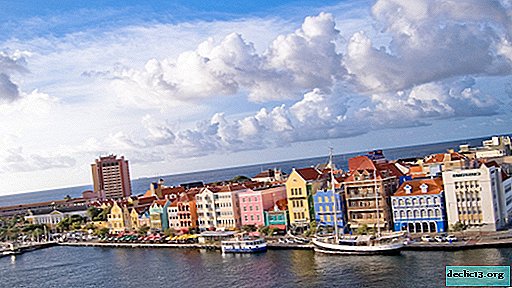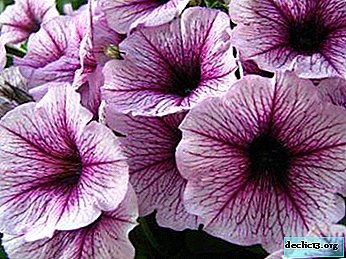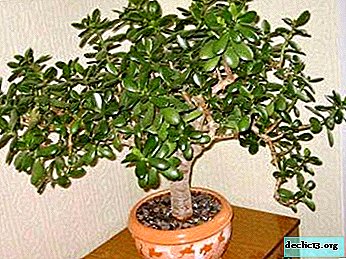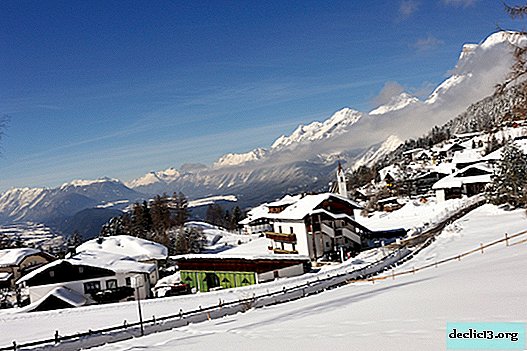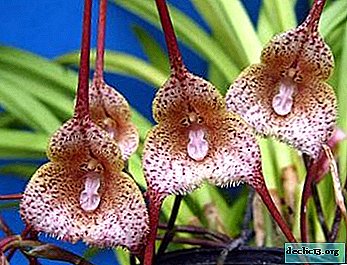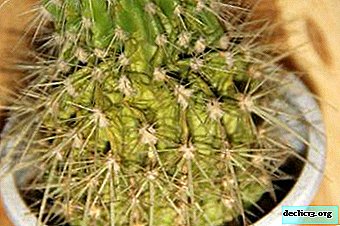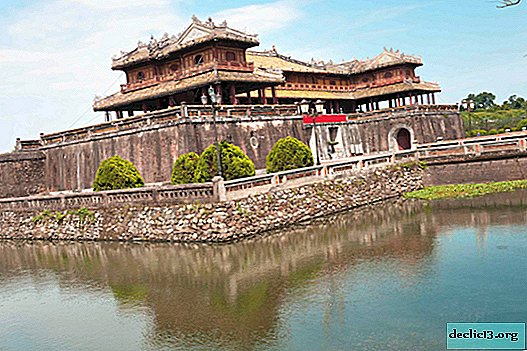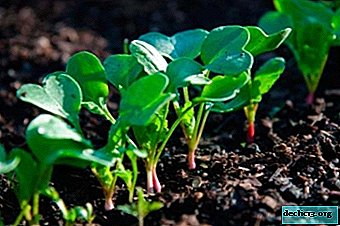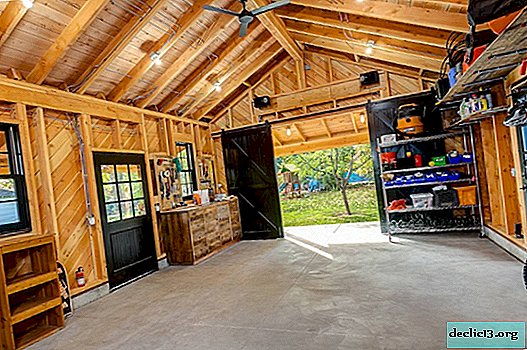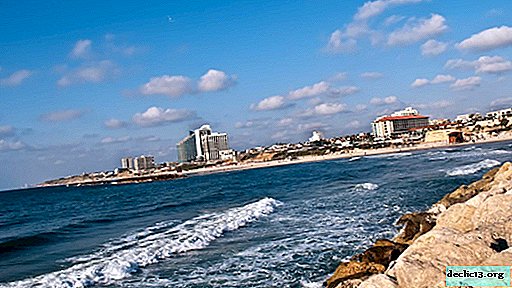Note to pomegranate lovers: where do they grow and is it possible to plant at home?
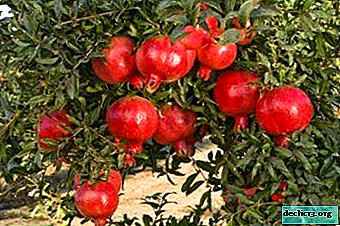
Pomegranate tree, as a cultivated plant, is known since ancient times. Pomegranate fruits along with grapes, olive and grain crops were of great consumer importance for the ancient peoples, forming the basis of their diet.
Based on botanical, philological and historical documents, it is believed that the origin of this culture occurred about 4 thousand years ago. From our article you will find out in which countries these trees are grown and whether they can be planted in homes.
Where is the historical homeland of the plant?
The homeland of pomegranate is called ancient Persia, a state located on the territory of:
- modern Iran;
- Azerbaijan
- Syria
- Lebanon
- Egypt
- and Turkey.
It is in these countries today that there are a large number of cultivars of pomegranate. it the plant is repeatedly mentioned in the Old Testament and historical documents of ancient Greece and ancient Rome, where pomegranate was brought from Carthage (the territory of modern Tunisia), famous for its pomegranate groves.
Homer in the Odyssey noted the existence of vast pomegranate gardens in Phenicia (modern Lebanon) and Phrygia (now Turkey).
Nowadays, pomegranate tree has become widespread in such regions as:
- Mediterranean countries.
- Africa.
- America.
- Australia.
- Europe.
- Islands of the Indian and Pacific Oceans.
A large number and variety of varieties of this crop is grown in:
- Azerbaijan
- Spain
- France
- Tunisia
- Israel
- Turkey.
Industrial production in these countries is associated with favorable climatic conditions necessary for the growth, development of plants and ripening of fruits.
Photo
Here you can see photos of pomegranates.





In what areas of the Krasnodar Territory and Dagestan does it grow?
In Russia, pomegranate gardens grow in Dagestan, Crimea and Krasnodar Territory, namely in areas adjacent to the greater Sochi. In Dagestan, where there is great natural potential for growing pomegranate, this plant is cultivated mainly in its southern regions, with a climate that goes from temperate to dry subtropical. Namely, in the following areas:
- Magaramkent.
- Derbent.
- Akhtynsky.
- Agulsky.
Is it possible to plant at home?
Certain types of pomegranate are grown without problems at home, feeling fine on the southern windowsills of a private home. This is a fairly unpretentious plant, the decorativeness of which is given by large flowers of bright red color.
When growing pomegranate trees at home, dwarf varieties of pomegranate are usedthat are adapted to the microclimate of the apartment and grow in height, as a rule, no higher than 40-45 cm.
We offer you to watch a video of growing pomegranate at home:
How to care for the crop at home?
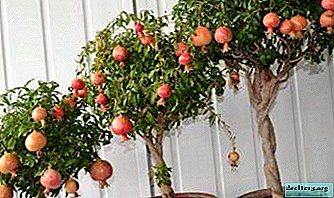 The plant is grown in wooden tubs or ceramic pots, using a water-absorbing and nutritious soil mixture.
The plant is grown in wooden tubs or ceramic pots, using a water-absorbing and nutritious soil mixture.- Transplantation into a larger pot is carried out by the method of transshipment, being careful not to damage the roots of the tree. Young plants are subjected to this procedure once a year, adult bushes are transplanted once every 2-3 years.
- It is desirable to form a crown near a room pomegranate, and in the spring, before the beginning of enhanced growth, completely cut it short so that strong growths are formed.
- In summer, pomegranates are taken out to the balcony, where there is access to sunlight.
Provided timely watering and top dressing, direct sunlight for the tree is not dangerous.
- In autumn, after leaf fall, the tub is insulated, and the ground is sprinkled on top with sawdust, which must be periodically moistened. For winter, the plant is placed in a cool place where the temperature does not drop below - 10 ° C.
We offer you to watch a video about pomegranate care at home:
Conclusion
Pomegranate is widely reflected in the culture of those peoples that have long been engaged in its cultivation. So in Iran, a monument was erected to him, pomegranate is present on the arms of a number of French and Spanish communities, and a festival dedicated to this plant is held annually in Azerbaijan.

 The plant is grown in wooden tubs or ceramic pots, using a water-absorbing and nutritious soil mixture.
The plant is grown in wooden tubs or ceramic pots, using a water-absorbing and nutritious soil mixture.